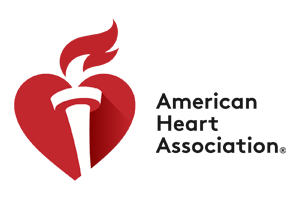
Heart Failure, Heart Failure 101
Bradycardia is a slower than normal heart rate. The heart usually beats between 60 and 100 times a minute in an adult at rest. If you have bradycardia (brad-e-KAHR-dee-uh), your heart beats fewer than 60 times a minute. Read...

Heart Failure, Heart Failure 101
Tachycardia is a faster than normal heart rate at rest. A healthy adult heart normally beats 60 to 100 times a minute when a person is at rest. If you have tachycardia (tak-ih-KAHR-dee-uh), the heart rate in the upper chambers or lower chambers of the heart, or both,...

Heart Failure, Heart Failure 101
Edema is swelling caused by excess fluid trapped in your body’s tissues. Although edema can affect any part of your body, it’s most commonly noticed in your hands, arms, feet, ankles and legs. Read...

Heart Failure, Heart Failure 101
An arrhythmia is an abnormal heart rhythm. It may feel like fluttering or a brief pause. It may be so brief that it doesn’t change your overall heart rate. Or it can cause the heart rate to be too slow or too fast. Some arrhythmias don’t cause any symptoms. Others can...

Heart Failure, Heart Failure 101
Normally, your heart contracts and relaxes to a regular beat. Certain cells in your heart make electric signals that cause the heart to contract and pump blood. These electrical signals show up on an electrocardiogram (ECG) recording. Your doctor can read your ECG to...

Heart Failure, Heart Failure 101
Angina is chest pain or discomfort that occurs when your heart doesn’t get as much blood and oxygen as it needs. In angina, the need for increased blood flow isn’t met for a short time. When increased demand for blood goes away, angina symptoms go away too. Read...







